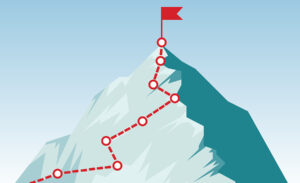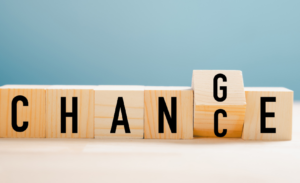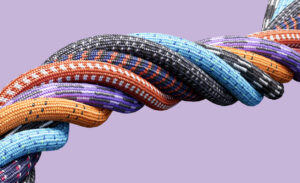
The pain of change is greater than the pain of losing.
I had been grumbling about a grip change my tennis coach was encouraging me to adopt. It felt uncomfortable and clunky. And I wasn’t trusting it, surreptitiously switching back in anticipation of the shot. I was struck by the truth in his words; my shots weren’t effective the way I had been doing them, but I wasn’t willing to suffer the awkward re-learning to see the improvements I wanted. I’d rather hope to get lucky.
It started me thinking about re-learning in general. We’re often eager to learn something new—develop a new skill or deep dive into a topic that piques our curiosity—but how often are we willing to revisit our old approaches, disrupt comfortable routines, or layer on new techniques and tools?
Here are my tips for re-learning that sticks:
1. Isolate the issue
Don’t take on too much re-learning at once. Layering on small changes will help you triangulate what has the most potential for a successful outcome. In adopting a new technology, change one aspect of your process flow. I changed my grip but left my footwork alone.
2. Commit to a timeframe
Give yourself the benefit of time to see the improvements you are looking for and commit to staying the course for that duration. Allow a business cycle to evaluate the changes and refine. I committed to using the grip for the summer in anticipation of the fall competitive matches.
3. Disrupt your routine
Set yourself up for success by changing situational cues. If you’ve always relied on performance reviews to deliver feedback, consider setting time on the agenda of weekly 1:1s to give and solicit feedback as a reminder to disrupt your behaviors. At the net, I took a slightly different ready position as a visual reminder that I was focusing on something new.
4. Seek a mentor and invite feedback
Ask for help. Often, an outside expert can help identify places where you may be backsliding that you can’t see. Continually monitor the changes and the impacts they are having—through informal and formal feedback. I asked my coach to call out when I unconsciously shifted back to the old grip, and I mentally logged points that went better when I used the new grip.







